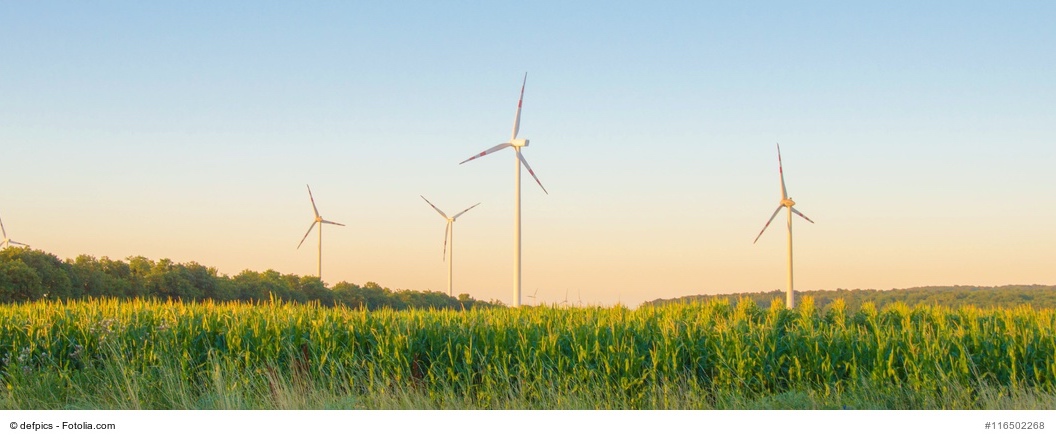This blog continuous our previous posts “Quick Assessment of Wind Power Investment Opportunities 1/3 and 2/3” make sure to start off by reading our first posts here!
This series of blogs addresses the main elements and considerations regarding wind investments and how they can be built into a quick investment case analysis. The aim of these posts is to support investors in assessing project viability and project uncertainty supporting decision makers with a better understanding of wind farm economics.
Through our online platform portal.e-nable.eu we facilitate energy project development on a global scale by connecting project owners and interested investors. Our information structure is based on our industry experience, expertise and user feedback.
Gathering the threads – quick assessment of wind power investment opportunities
Having analyzed the chapters described in our previous posts, a more holistic financial assessment of the investment case can be conducted. Evaluation is based on different outputs from the financial model, the contractual structure for the project, and on the outcome of the risk assessment process. Key figures like DSCR, project IRR (internal rate of return), and equity IRR are the main figures to analyze and are often subject to requirements in order for the project to undergo approval of financing.
Debt Service Cover Ratio (DSCR)
For wind power projects that include debt, the DSCR measures the ratio of cash on hand that can be used to pay for required annual payments, including debt principal, debt interest payments, operations and maintenance, sinking funds, and any lease payments. A most desirable scenario is a project that can meet its DSCR requirements every year, but often a grace period during construction and/or early into project operation is considered.
A higher risk will reflect in a higher DSCR, with the aim of creating a financial “cushion” for downside years. This additional cushion is particularly relevant when assessing projects with variable resources (resulting in variable cash flows) because the actual output of a project might be lower than the projected average in any particular year. Therefore, due to the variable output of wind as a resource, additional attention should be paid.
In short, developers need to have positive cash flows, and any project which includes debt financing, the minimum DSCR requirements should be met.
The internal rate of return (IRR)
The project IRR can be defined as the rate of return that makes the net present value (NPV) of all cash flows equal to zero.
And the equity IRR on the other hand can be calculated through the internal rate of return considering the cash flows net of financing. It means the project is funded by a mix of debt and equity. Hence, if a project is fully funded by equity, the project IRR and equity IRR would be equal.
The IRR offers potential investors a means to assess the expected rate of return of the project and determine if the project will generate a positive margin for the shareholder. If a project IRR is greater than its cost of capital its value to shareholders would increase. Generally speaking, the internal rate of return can be seen as the rate of growth a project is expected to generate. Although the actual rate of return that the relevant project may ending up generating will often differ from its estimation, a project with a substantially higher IRR than other available options would still provide a better chance of strong growth.
The IRR is a very popular metric used to estimate a project’s profitability. But as many key performance indicators, it can be misleading if used as a sole indicator. Depending on the initial investment costs, a project may have a low IRR but a high net NPV. Which can be the result of a slow moving project, where returns on that particular project would be expected in the rather distant future.
Investments in wind projects are – as all projects – subject to uncertainty. Hence, the financial performance of a project will be uncertain. Static wind business case models that solely represent expected outcomes will often have limitations in providing the information to support a very informed investment decisions. A scenario- or simulation-based approach provides better understanding of the wind investment opportunities and gives investors the opportunity to make better decisions.

